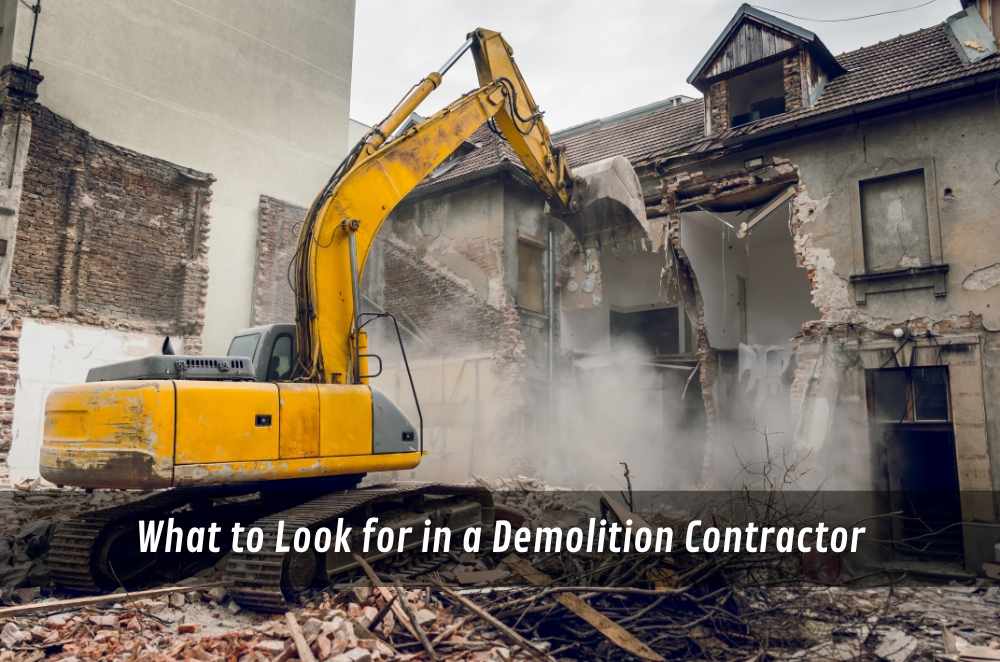
Choosing the right demolition contractor isn’t just about who can swing a wrecking ball the fastest. When you’re dealing with tight timelines, neighbouring properties, or older structures, the wrong choice can cause headaches long before the first wall comes down.
For one suburban knockdown, we compared a handful of house demolition contractors based on how they planned around access issues and coordinated permits, not just price. The more prepared teams didn’t just offer answers; they asked the right questions before setting foot on-site.
So what should you actually look for? Not just licences or flashy gear, but the contractor’s ability to coordinate, adapt, and keep the site secure. This guide breaks down what to evaluate before signing on the dotted line.
What a capable demolition contractor actually looks like
You can often spot a well-organised contractor within the first few minutes on-site. There’s structure in the setup, confidence in the crew, and no loose ends dangling around waiting to become problems.
Here’s what good looks like:
Clear project sequencing and daily task planning
Serviced machinery arriving on schedule
Perimeter fencing and hazard signage installed early
Coordinated communication across all workers
In a job I helped manage in Sydney’s Inner West, the contractor added a two-day weather buffer without prompting. That one proactive move kept the next trade from being delayed — it showed foresight, not just force.
They also had clear signage, a visible safety lead on-site, and ran daily pre-starts with subcontractors. These weren’t huge gestures, but they built trust.
Red flags you shouldn't overlook
Not every red flag is loud. Some show up quietly — in the way a team quotes or how they avoid specifics when asked about risk.
Watch for these signs early:
Vague language around permits, asbestos, or debris handling
Long delays in supplying documentation
A “we’ve done this a hundred times” attitude without site-specific detail
Poor response times during the quoting process
We once worked with a crew that glossed over a question about site access — they later refused to split loads for tight delivery windows, throwing the builder’s calendar into chaos. The quote looked fine on paper, but it didn’t account for real-world logistics.
Another contractor refused to attend a site meeting until after the contract was signed. That kind of rigidity usually shows up later in more expensive ways.
Why licensing matters more than you think
Beyond the basics, a properly licensed demolition contractor knows their limits — and respects them. This is especially important when structures involve load-bearing walls, height restrictions, or materials that require specialist handling.
Reputable contractors will usually:
Identify the class of demolition licence needed for the job
Coordinate with engineers or consultants when structural walls are involved
Handle council documentation and notice periods
Flag permit or notification gaps upfront
NSW regulations break down specific categories under a demolition licence in NSW, and any contractor worth hiring will be across them without hesitation. You’re not there to educate them on compliance — you’re there to see that it’s already been embedded in how they operate.
Ask about recent licence renewals, subcontractor policies, and whether their team includes an on-site supervisor accredited under the NSW WHS framework.
What shapes a demolition quote, beyond the obvious
Price is always a factor, but demolition quotes can be misleading if you don’t understand what’s behind them. Comparing based on a lump sum misses the details that often lead to cost blowouts later.
Typical quote factors include:
Structure material and size
Site access (tight driveways, shared boundaries, slope)
Need for partial/manual demolition areas
Recyclable vs non-recyclable waste ratios
Disposal logistics and transport windows
I once saw two quotes for the same suburban job come in at a $6k difference — and the cheaper one didn’t include waste disposal. It also made no mention of temporary fencing, which was required under the builder’s insurance.
The better question isn’t “what’s the total?” — it’s “what have you factored in?” A resource I found helpful explained how much demolition costs by breaking down how access, labour, and waste influence outcomes. That level of transparency usually separates reliable contractors from risky ones.
Risk isn't optional, and contractors should plan for it
Demolition is never risk-free. From underground services to dust and debris, there are variables contractors can’t fully control — but they can prepare for them.
The good ones usually have:
Site-specific safety plans and environmental controls
Risk assessments are embedded in their methodology
Clear chains of communication between the ground crew, operators, and management
Pre-start meetings with all subcontractors
On a tight CBD job we oversaw last year, one contractor built a scaffolding buffer to protect an adjoining glass façade — not because it was mandatory, but because they’d seen a similar structure fail in a previous job. That kind of applied experience goes beyond compliance — it reflects culture.
Why it matters even when asbestos is "unlikely"
Modern materials have made huge strides, but older structures — especially from the pre-1990s — still hold plenty of surprises. I’ve seen jobs where adhesive residue, insulation board, or vinyl backings contained legacy fibres that weren’t flagged until mid-demolition.
Strong contractors prepare for this without being alarmist. If they’re not bringing up risks like bonded material or dust control, they’re not doing their job.
The crews I trust treat asbestos removal regulations as standard knowledge, not an optional extra. This includes working with licensed subcontractors, isolating suspect areas, and documenting waste disposal. They won’t treat it like a box-tick — they’ll treat it like a legal and safety priority.
The difference? A team that stops work to reassess exposure versus one that ploughs through without blinking.
The communication factor
Here’s something most people overlook: How well does the contractor communicate before you hire them?
That behaviour won’t magically change once the job starts — if they’re slow to respond now, imagine how long they’ll take when a weather delay affects crane access or neighbours complain about noise levels.
Look for signs of clarity and consistency:
Prompt, specific responses (not vague assurances)
Willingness to walk the site and tailor their approach
Clear file sharing (licences, site drawings, compliance info)
Project manager or point-of-contact availability
On one project in the Northern Beaches, a demolition crew earned full trust not because of their quote, but because their foreman called every Friday afternoon with a 3-minute progress update. No fluff. Just facts.
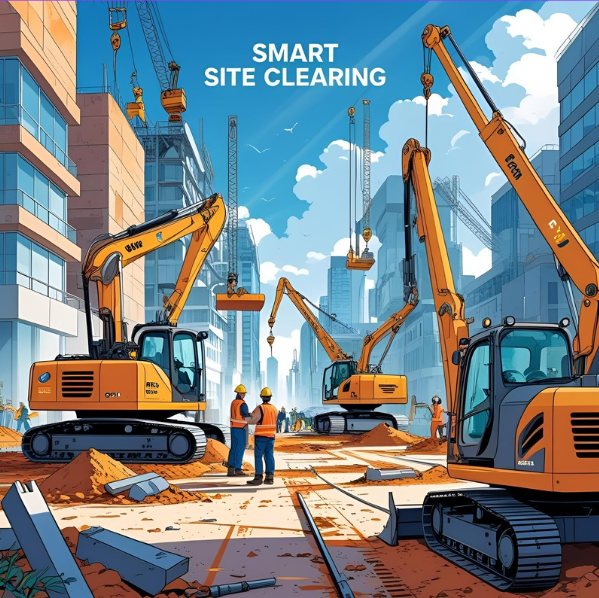
Final thoughts
Choosing a demolition contractor isn't just a checkbox item before the build begins. It’s a decision that affects how safely, smoothly, and strategically your project starts.
The best contractors don’t just tear things down. They manage risk, take ownership, and lead with clarity. From licensing to communication and compliance, your shortlist should be based on how a team works, not just how fast they can start.

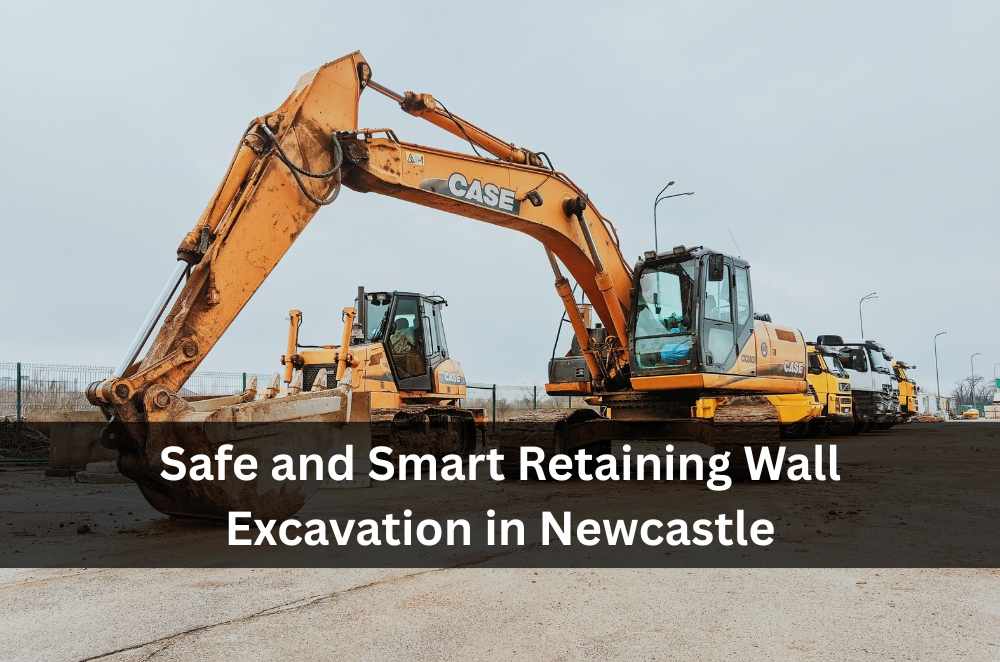
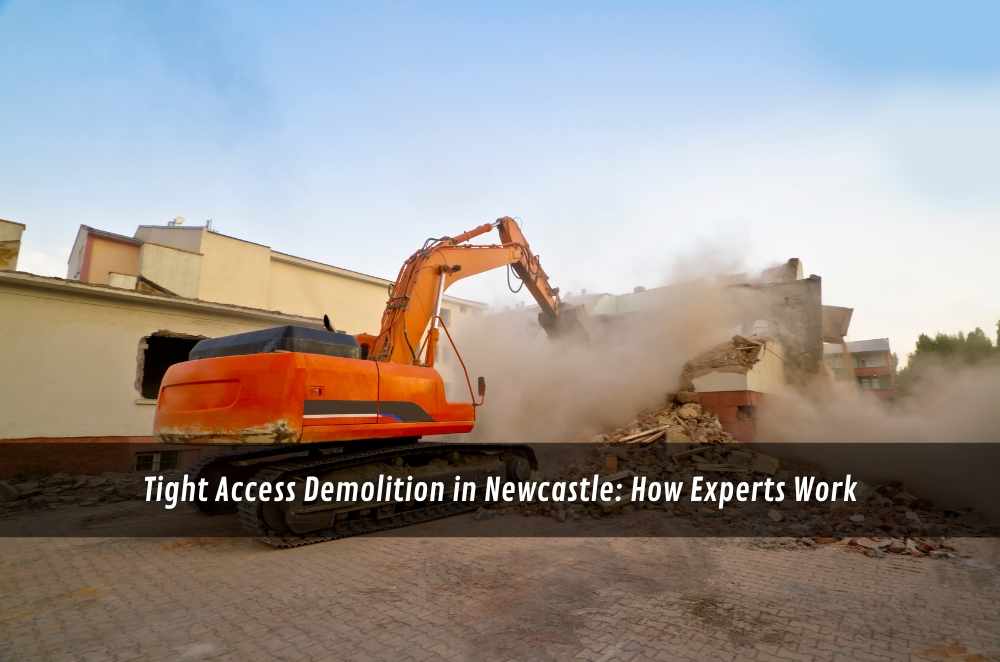
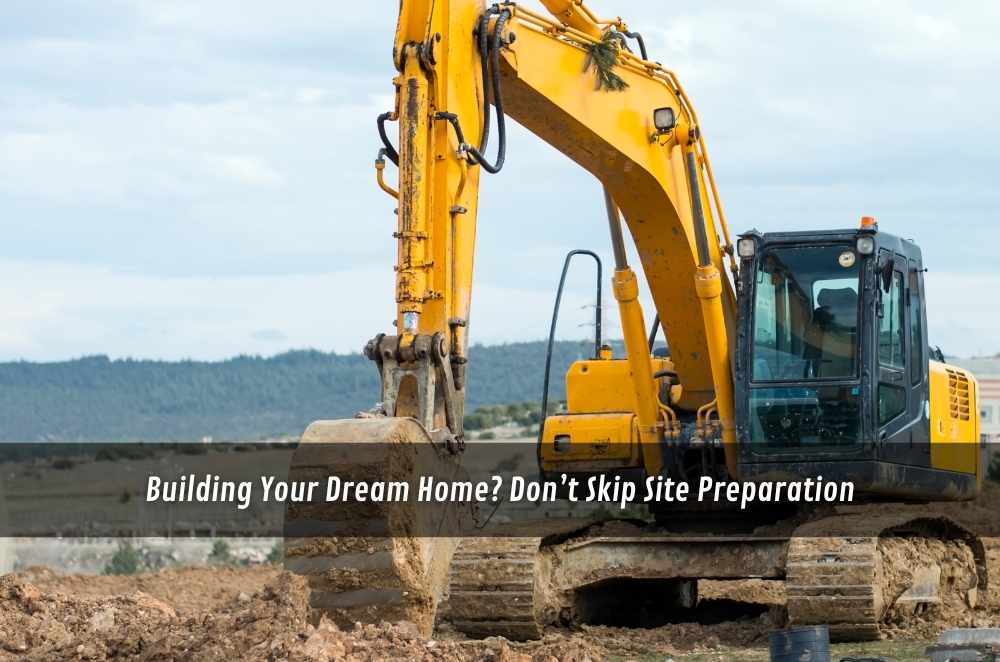
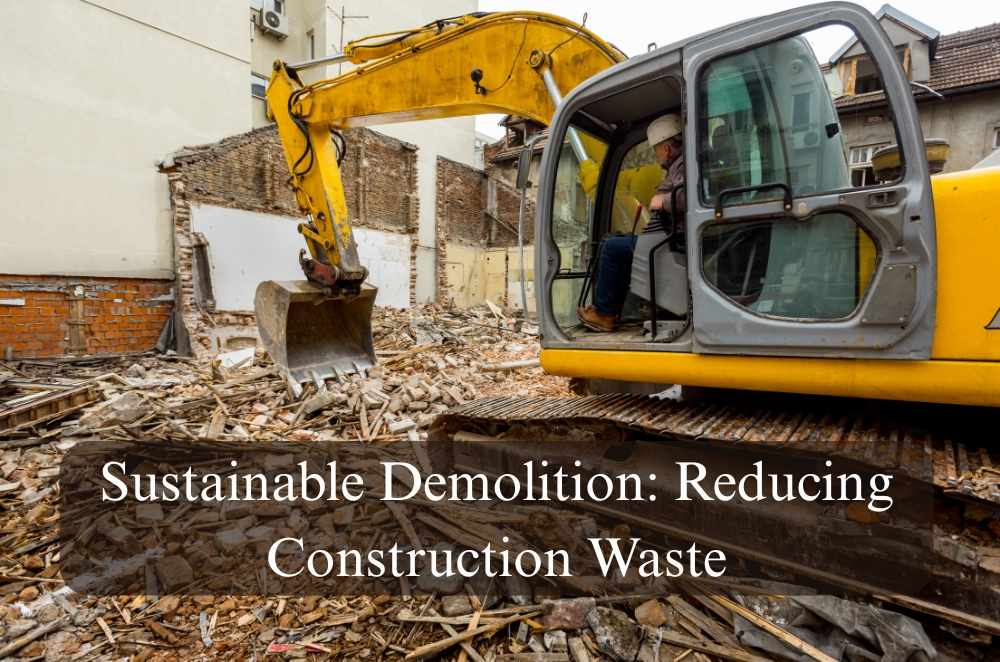
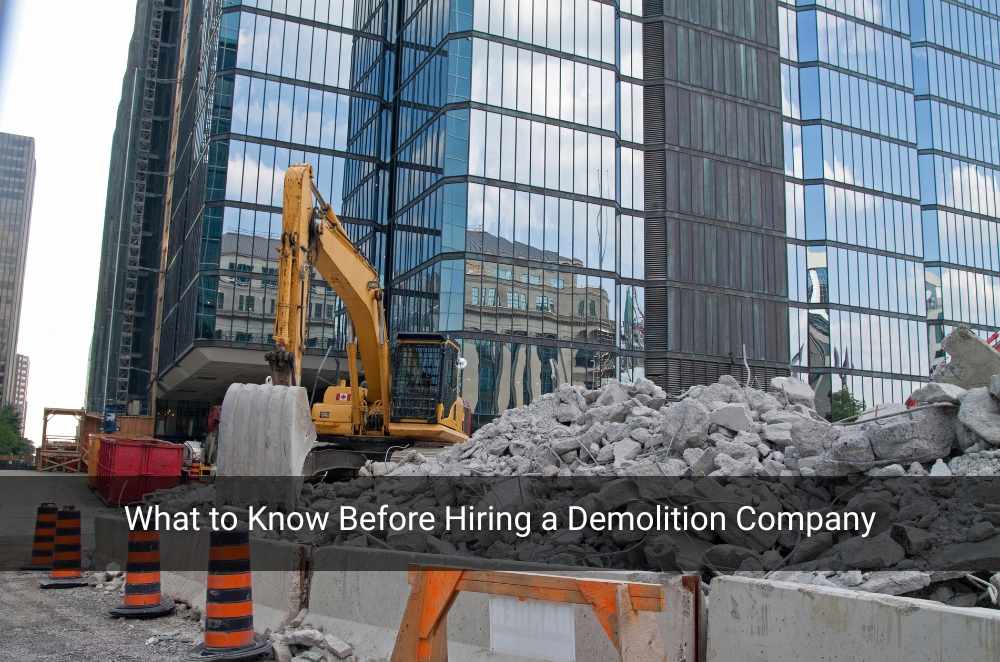
Write a comment ...